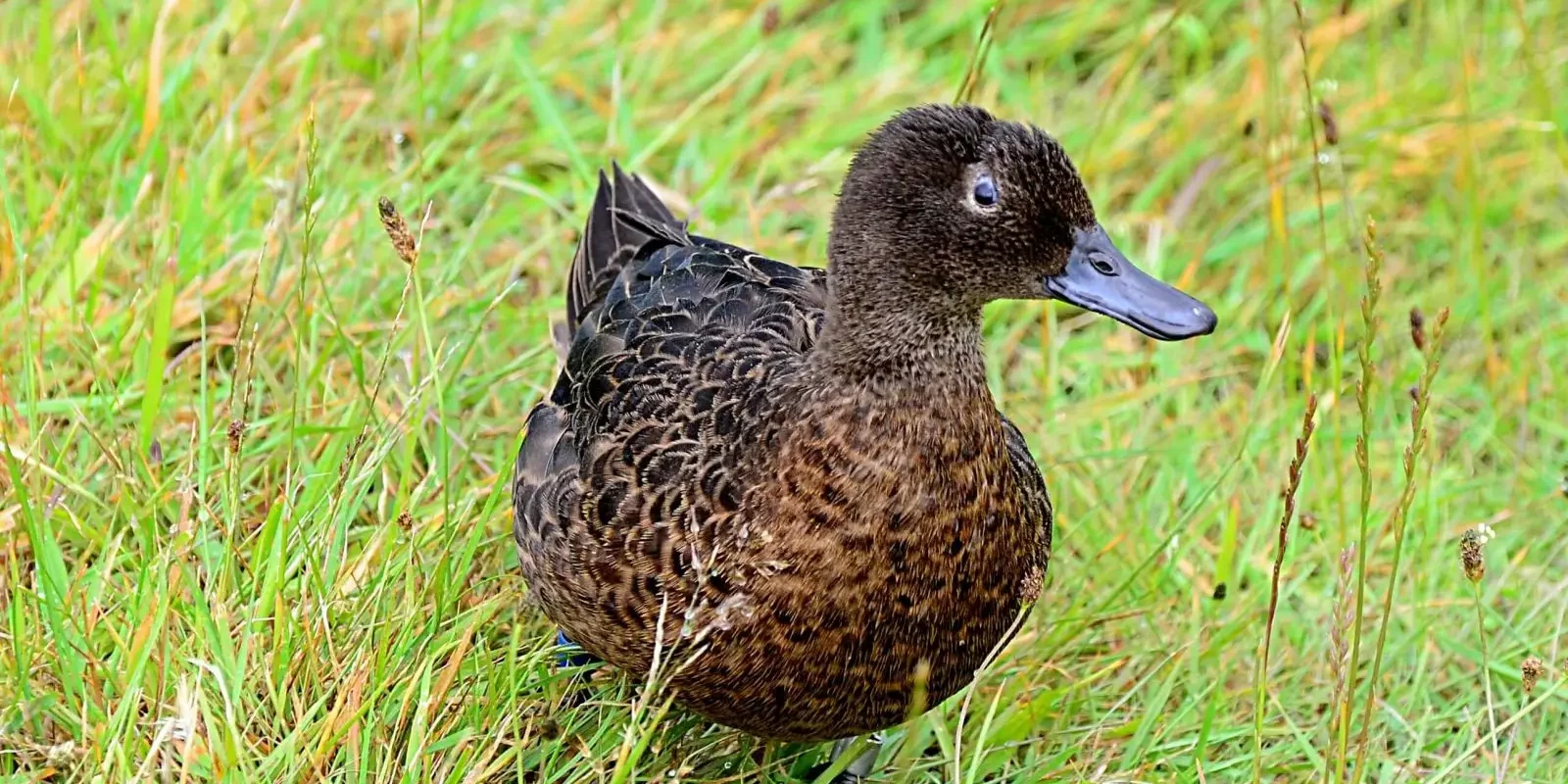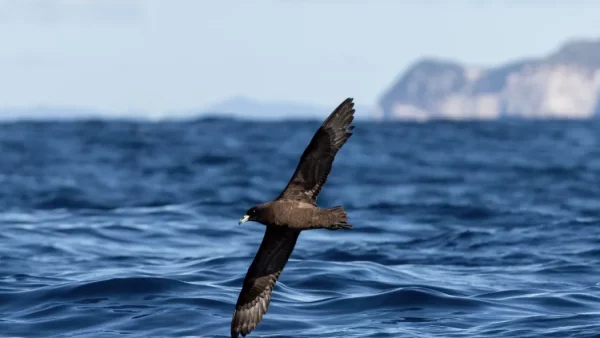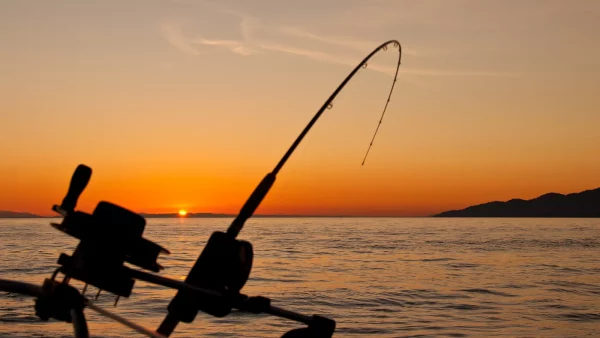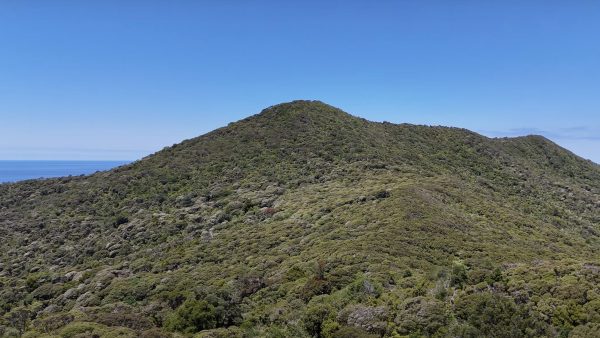The pāteke (brown teal) have survived for hundreds of years — through Māori settlement, who brought with them the Polynesian rat (kiore), fire and dogs. Through colonisation, the introduction of cats, farming, and fishing — without the Department of Conservation, without NGOs, and without enormous poison programmes.
And yet, now — in the era of industrialised conservation, funded iwi initiatives, and seven-figure NGO grants — they are somehow at risk of vanishing. That is the new narrative being fed to us, packaged in taxpayer-funded press releases and slickly rebranded as “research” by Predator Free NZ Trust, you can read it here.
Did you know?
New Zealand leads the way on effective poison-free AI traps — high-tech devices that kill pests humanely, reset automatically, and report kills remotely. They cost more upfront, but reduce the need for manual labour. For some, that’s innovation. For others, it’s lost local work.
Let’s be clear: the new Cawthron Institute study hyped in Predator Free NZ’s latest puff piece is not independent science. It’s a political tool. A pretext. A softening-up operation for what many fear will be the next step in the predator-free playbook — loads more poison, for Aotea.
They’ve already done it on Rakitu. They’re now preparing to do it on Kawau Island — the largest poisoning of an inhabited island in New Zealand’s history. And so you’d be right to presume they’re laying the groundwork to bring it here.
The central claim is that pāteke face a 46% chance of extinction within 100 years due to predators like rats and feral cats. What a spooky headline. But here’s what the propaganda omits:
Pāteke are doing better on parts of the North Island mainland, where cats and rats are rampant and predator control is patchy at best.
Pāteke survived for centuries, long before traps, toxins, or government grants existed.
The main predators — kiore and cats — have been here for generations, and didn’t wipe the ducks out before.
What’s changed isn’t the predators. It’s the ideology of conservation.
Inbreeding, Wetland Loss, and Ecological Damage from Poison
The study’s modelling quietly admits another truth: pāteke are suffering from low adult survival and population fragmentation. In plain English, they’re inbred. These small island populations have lost genetic diversity, and no amount of rat-killing can fix that.
Add to that the decline of wetland health, habitat degradation, and increasing human activity — and you’ve got a real picture of what’s affecting them. Not just teeth and claws, but water tables, food chains, and long-term resilience.
And now consider what’s arguably DOC’s dream poison of choice: brodifacoum. This is what they used on Rakitu, what they’re about to dump on Kawau in the largest poisoning of an inhabited island in New Zealand history — and what many suspect they’re eyeing for Aotea. Brodifacoum isn’t just deadly to rats — it lingers. It has a soil half-life of up to 217 days, persists in freshwater systems for over a year, and bioaccumulates in insects, eels, fish, birds — the entire food chain.
Did you know that a study conducted on Wake Island in the Pacific found that residues of the rodenticide brodifacoum were still present in fish three years after a rat eradication effort? Consuming fish contaminated with brodifacoum can be harmful to humans, potentially leading to symptoms such as nosebleeds, gum bleeding, and internal bleeding because it interferes with blood clotting.
Now consider what pāteke eat: aquatic insects, crustaceans, larvae — the living organisms in the very creeks and wetlands this poison contaminates. You poison the water, you poison the duck. It’s that simple.
But Predator Free NZ, DOC, and iwi-led projects like Tū Mai Taonga don’t mention that.
The idea that this industrial poison could be dumped across Aotea, where pāteke still survive, and be called “conservation” is in our view beyond reckless — it’s environmental vandalism masquerading as science.
Follow the Money: The TMT Model
Tū Mai Taonga (TMT) has received millions in taxpayer and philanthropic funding — yet pāteke numbers according to their latest research still suck. The only thing that’s grown is the number of media releases, strategy meetings, and staff.
What we’re seeing is a grift, cloaked in the language of whakapapa and biodiversity. TMT is less about saving birds and more about securing funding, employing insiders, and building brand equity through “mana whenua-led restoration.” The results don’t matter — the narrative does.
This isn’t conservation. It’s corporatised storytelling with a predator-free logo slapped on top.
What Comes Next? The Kawau Template
If you want to know what the future looks like for Aotea, look to Kawau.
Did you know?
New Zealand leads the world in poison-free pest control with traps like the Goodnature A24 and the AT220. These can kill rats, stoats or possums without poison, and some can send kill data remotely via Bluetooth or satellite.They’re highly effective when used well — fast, humane, and ideal for toxin-free conservation. But with higher upfront costs, they’re an investment.
A massive poison operation — on an inhabited island — justified by “science,” rubber-stamped by officials, and sold to the public as necessary. No proper independent impact assessment. No meaningful vote. Just government agencies and cash-rich NGOs, and Iwi, forging ahead to get OBEs and the like.
Don’t be surprised when the same is proposed here. Don’t be surprised when TMT, Predator Free NZ, and DOC start whispering that “hard decisions” are needed. Don’t be surprised when pāteke are wheeled out as the emotional centrepiece for an operation to dump more anticoagulant toxins across the motu.
This is not about ducks.
Predator Free NZ doesn’t want to admit that predators may not be the biggest problem. Because if they did, the entire funding model collapses.
If pāteke are surviving on the mainland with predators, then maybe predators aren’t the problem. Maybe it’s the conservationists.







